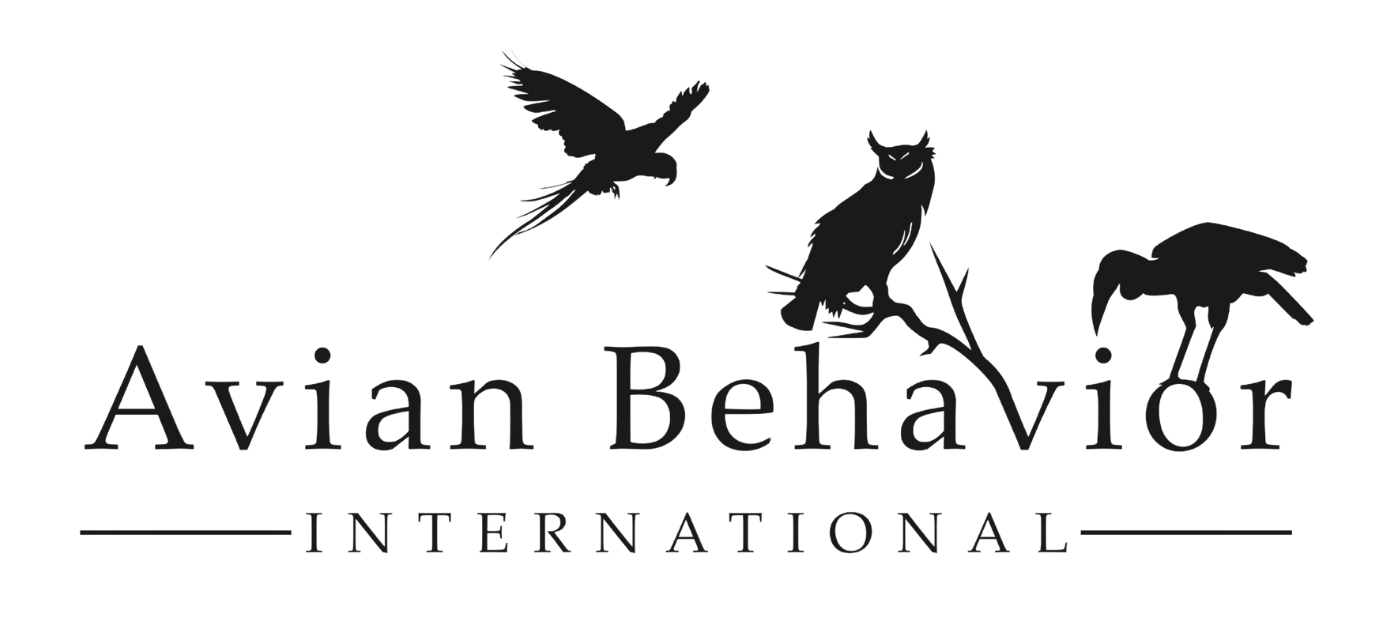22 Aug Context: The Missing Piece in Animal Training
When training feels stuck, it’s easy to zero in on the behavior itself — reinforcing more, adjusting criteria, or shifting mechanics. But often the real breakthrough doesn’t come from tweaking the behavior at all. It comes from stepping back and looking at the bigger picture: the context.
Animals don’t respond in a vacuum. Every cue, every reinforcement, every moment of hesitation or fluency sits inside an environment rich with signals, history, and competing contingencies.
When we overlook context, we risk mislabeling a problem as “stubbornness” or “lack of motivation,” when really the environment is setting the animal up to struggle.
That’s why in advanced training, context isn’t a background detail — it’s the main stage. It shapes behavior as much as reinforcement strategies do. And the trainers who learn to read and design context fluently are the ones who can turn sticky problems into clear pathways forward.
What Context Really Means
When I say “context,” I’m not just talking about location. I mean everything in the external environment: weather, people, past experiences, other animals, the trainer’s own body language. Internally, sure, there’s motivation, hunger, hormones. But externally? That’s often where we miss the biggest variables.
And here’s the kicker: context lives on a continuum, not in absolutes. It’s not “always” or “never.” It’s shades of gray, sliding scales, wiggle room. The more you see those gradients, the more flexible and fluent your training becomes.
In Situ vs. Out of Context
Take amphitheater free flights. I’m not going to toss a baby owl into the stadium on day one and say, “Alright buddy, figure it out.” That would be reckless. Instead, we train out of context first — in the mews, the weathering yard — controlled spaces. Only then do we add natural variables until the bird can handle the full environment.
That’s one approach. But sometimes, we actually do add context right from the start. Back chaining is a great example. With our macaws, I don’t care how they get up to the snag. They can loop a mile down the dirt road and come back. What matters is the endpoint: feet on the snag. That’s the reinforcer. Everything in between is their choice. Context here clarifies the requirement.
When Context Shifts Behavior
Sometimes context sneaks up on us. Take Snowball, our umbrella cockatoo. One day, his “step up” slowed to a crawl. Treats weren’t working. He was hovering a foot above my hand, stalling out.
What changed? Not the behavior itself — the context. We’d moved him into my office, a new environment. His reluctance wasn’t about the cue or the reinforcer. It was about new sights, new angles, new energy. When I adjusted the context — smaller asks, more comfort — he was back to hopping up quickly.
Same bird, same cue, different outcome. Why? Context.
Using Context to Solve Sticking Points
Casino, our Auger Buzzard, is another case. He came to us sensitive, reactive, not hood-trained. Classic catch-22: I couldn’t exercise him without the hood, but I couldn’t finish the hood without exercise. We were stuck.
So I leaned on context. I half-trained the hood, enough to be functional, and paired it with what it meant: exercise and a full crop. Hood on → flight → food. Suddenly, the hood wasn’t just equipment. It carried meaning. Context reframed the behavior.
Negative Reinforcement in Context
Now, this is where things get spicy. Negative reinforcement still has a bad reputation in some trainer circles. But again — context. Removing a stimulus when wings drop into calm posture can be empowering, not coercive.
The same with weight management. On one end of the spectrum, it’s coercion. The bird doesn’t have a choice but to go after the food. On the other end, it’s a supporting role among a suite of reinforcers. Context defines whether the reinforcement is ethical and effective, not the label.
Why This Matters
For those of us in the trenches with parrots, raptors, or rehab birds, context is what makes or breaks generalization. Dogs might manage from backyard to front yard without too much fallout. But a red-fronted macaw? Different story.
When a bird “won’t step up,” “hates the glove,” or “loves one trainer but not another,” context is screaming at you. If you ignore it, you’re flying blind. If you pay attention, you can shift the environment instead of blaming the animal.
The Takeaway
Context is the lens. It’s the sliding scale. It’s the wiggle room. And when we stop thinking of training as black-and-white, we see the space to innovate.
So whether you’re back chaining macaws, troubleshooting cockatoo step-ups, or trying to make hooding meaningful, ask yourself:
- What context is the behavior living in?
- How can I use that to clarify, not confuse?
- Am I reinforcing the behavior, or just the outcome?
The answers aren’t always neat. But that’s the point. Training isn’t neat. It’s contextual. And that’s where the real breakthroughs happen.
When training feels stuck, it’s easy to zero in on the behavior itself — reinforcing more, adjusting criteria, or shifting mechanics. But often the real breakthrough doesn’t come from tweaking the behavior at all. It comes from stepping back and looking at the bigger picture: the context.
Animals don’t respond in a vacuum. Every cue, every reinforcement, every moment of hesitation or fluency sits inside an environment rich with signals, history, and competing contingencies. When we overlook context, we risk mislabeling a problem as “stubbornness” or “lack of motivation,” when really the environment is setting the animal up to struggle.
That’s why in advanced training, context isn’t a background detail — it’s the main stage. It shapes behavior as much as reinforcement strategies do. And the trainers who learn to read and design context fluently are the ones who can turn sticky problems into clear pathways forward.
Want to dive deeper? Join the #1 bird training community online – the Avian Behavior Lab. You can join FREE for 2 weeks and experience hundreds of hours of deep dive courses, live trainings, and an amazing, supportive community.

